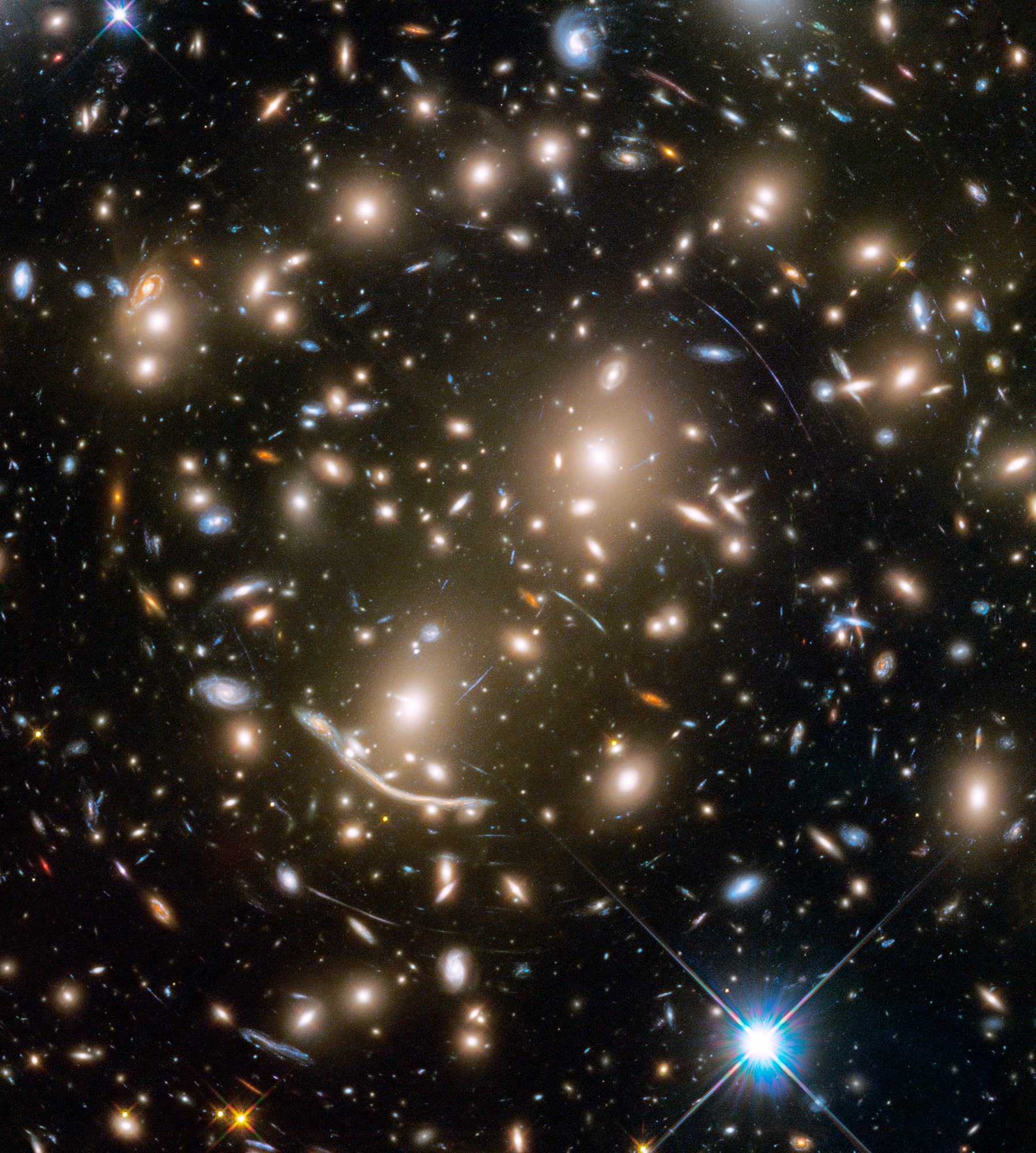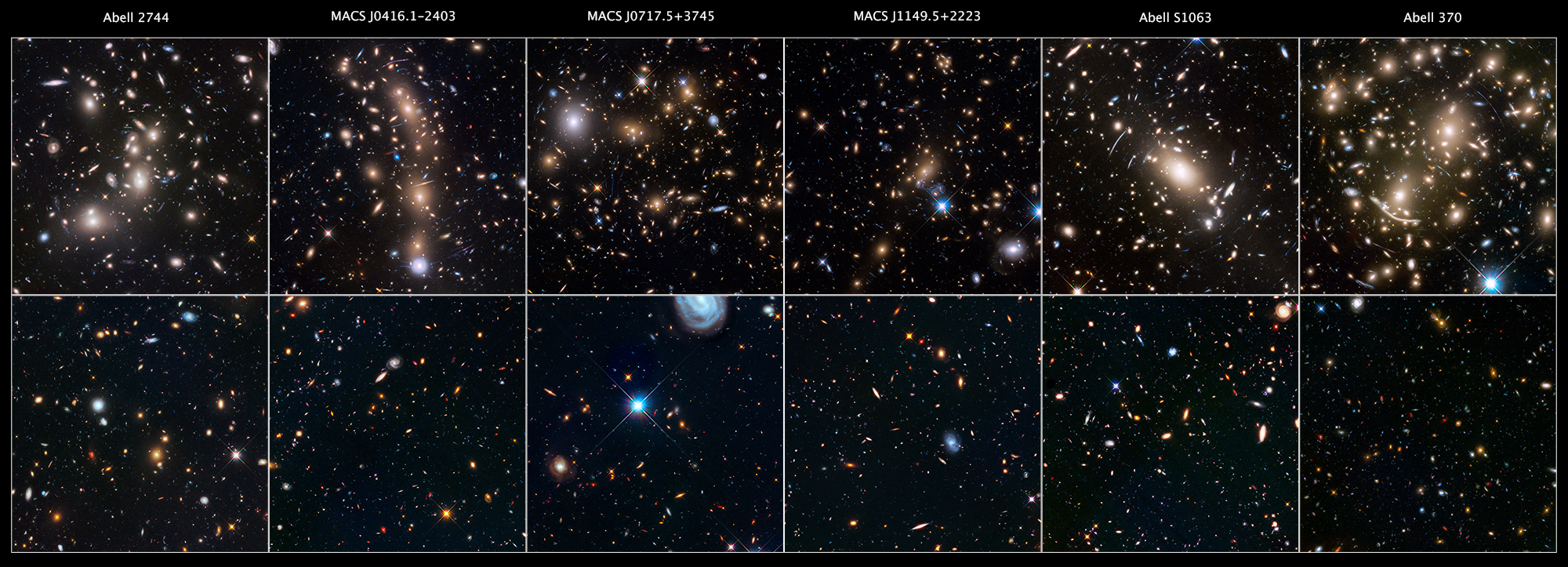Dark Matter Is the Real Guardian of the Galaxies (Video)

Step aside, Star-Lord – there's another superhero in the universe, and it's "guarding" far more galaxies than you can even fathom.
In honor of the release of "Guardians of the Galaxy Vol. 2" in movie theaters today (May 5), scientists with the Hubble Space Telescope have released gorgeous new images of all the galaxies in our universe. The abundance of galaxies in Hubble's view illustrates that, in the grand scheme of things, the fictional Marvel galaxy is pretty insignificant.
Not only does the real universe have far more galaxies (an estimated 2 trillion of them) but it also has a much bigger, darker and mysterious guardian of those galaxies: Dark matter, according to Space Telescope Science Institute astronomer Dan Coe. Space.com spoke with Coe about all those galaxies in Hubble's latest images, and Coe explained how dark matter is really holding the universe together. [Gallery: Dark Matter Throughout the Universe]

"So dark matter is this mysterious stuff that makes up most of the stuff in the universe. It's all around us, but we don't know what it is yet," Coe said. "We can start to map it out and see it with gravitational lensing." (Gravitational lensing is the warping of light around objects in space that have a strong gravitational pull.)

"If it wasn't for this dark matter – this extra mass that holds [galaxies] together – they would all fly apart. And so you could call dark matter really the guardian of the galaxies," Coe said.
Of course, dark matter won't be able to battle any supervillains with diabolical plans to take over the galaxies Hubble has spotted, but, thankfully, scientists have found no evidence that Thanos, Ronan or any other evil characters could possibly exist in our universe.
Email Hanneke Weitering at hweitering@space.com or follow her @hannekescience. Follow us @Spacedotcom, Facebook and Google+. Original article on Space.com.
Breaking space news, the latest updates on rocket launches, skywatching events and more!
Join our Space Forums to keep talking space on the latest missions, night sky and more! And if you have a news tip, correction or comment, let us know at: community@space.com.

Hanneke Weitering is a multimedia journalist in the Pacific Northwest reporting on the future of aviation at FutureFlight.aero and Aviation International News and was previously the Editor for Spaceflight and Astronomy news here at Space.com. As an editor with over 10 years of experience in science journalism she has previously written for Scholastic Classroom Magazines, MedPage Today and The Joint Institute for Computational Sciences at Oak Ridge National Laboratory. After studying physics at the University of Tennessee in her hometown of Knoxville, she earned her graduate degree in Science, Health and Environmental Reporting (SHERP) from New York University. Hanneke joined the Space.com team in 2016 as a staff writer and producer, covering topics including spaceflight and astronomy. She currently lives in Seattle, home of the Space Needle, with her cat and two snakes. In her spare time, Hanneke enjoys exploring the Rocky Mountains, basking in nature and looking for dark skies to gaze at the cosmos.
